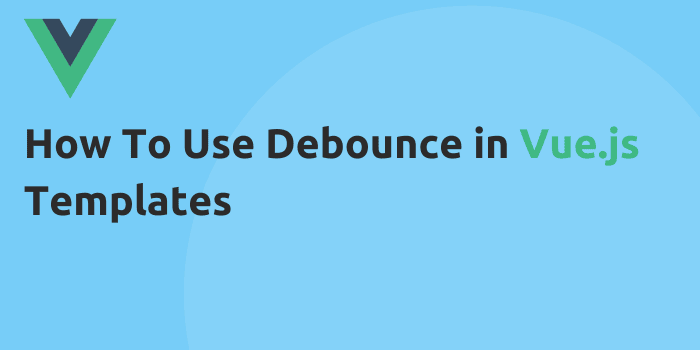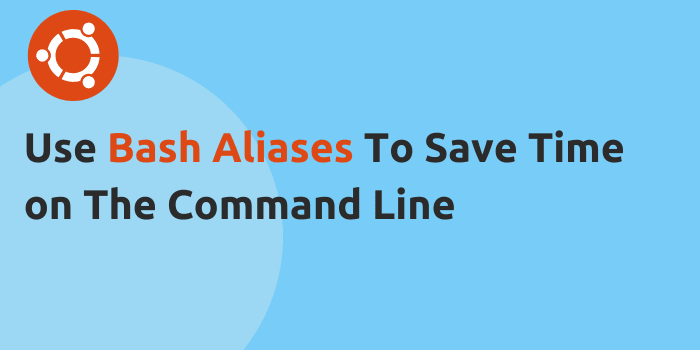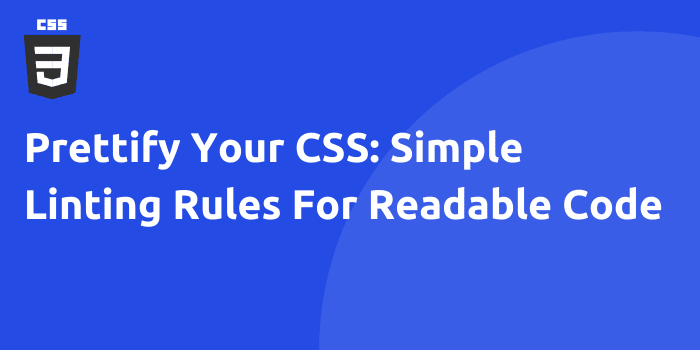Crystal 3
More Posts
-
Using debounce in Vue.js templates
Read More
-
Let’s Learn Laravel Blade: Getting Started
Read More
-
Quick Tip: Use Bash Aliases To Save Time on The Command Line
Read More
-
Prettify Your CSS: Simple Linting Rules For Readable Code
Read More
-
[Demo] Defining Reusable Column Extends with SCSS
Read More
-
Vue 3: Making An Input Component with v-model Support
Read More




![[Demo] Defining Reusable Column Extends with SCSS](https://bparkerproductions.com/wp-content/uploads/2023/09/demo-defining-reusable-column-extends.png)

Comments